Ensuring a safe workplace is crucial for both employees and employers. Unfortunately, many slip and fall hazards are often overlooked, leading to accidents and injuries. If you or someone you know has been involved in such an incident, it’s essential to get help from a slip and fall lawyer in Connecticut to understand your rights and options.

Workplace safety involves more than just avoiding major accidents; it includes being aware of the smaller, often unnoticed hazards that can lead to serious injuries. Slips, trips, and falls are some of the most common types of workplace accidents. These incidents can result in severe injuries, including fractures, sprains, and even head trauma. This article will explore common slip and fall hazards that are frequently overlooked and provide practical steps to mitigate these risks.
Poor Housekeeping Practices
Effective housekeeping is a fundamental aspect of preventing slip-and-fall accidents. Cluttered workspaces, scattered tools, and improperly stored materials create trip hazards. To minimize these risks, it is essential to maintain a clean and organized work environment.
One of the leading causes of workplace slips and falls is clutter. Items left in walkways, loose cables, and tools scattered on the floor can easily trip someone. Regularly scheduled clean-up times and designated storage areas for equipment can help reduce these hazards significantly.
Wet and Slippery Surfaces
Wet floors are a primary cause of many slip-and-fall incidents. Spills, weather conditions, or cleaning activities can cause these surfaces to become wet. Addressing these issues promptly is crucial to ensure safety.
Unattended spills or leaks from equipment and pipes create slippery surfaces. Immediate cleaning and maintenance can prevent these hazards. Proper signage to alert employees of wet areas can also help mitigate risks.
Inadequate Lighting
Poor lighting in the workplace can obscure potential hazards, making it difficult for employees to see and avoid slip and fall risks. Ensuring adequate illumination in all areas, including stairwells and hallways, is essential.
Dim lighting can hide obstacles and make surfaces appear even. Regularly maintaining lighting fixtures and ensuring that all workspaces are well-lit can help prevent accidents.
Improper Footwear
The type of footwear employees wear can significantly impact their safety. Shoes with inadequate grip or inappropriate for the working environment can increase the risk of slips and falls.
Encouraging or requiring employees to wear non-slip shoes, especially in environments prone to wet or oily floors, can greatly reduce slip and fall incidents. Employers can provide guidelines or even footwear to ensure compliance.
Uneven Flooring
Uneven surfaces, such as cracked floors or loose tiles, are common trip hazards in many workplaces. Regular inspection and maintenance are vital to identify and repair these issues promptly.
Routine checks for floor damage and prompt repairs are essential. Using contrasting floor tapes can also highlight changes in floor levels, alerting employees to potential hazards.
Improper Use of Stairs and Ladders
Stairs and ladders are frequent sites for slips and falls. Ensuring these are used correctly and maintained properly is critical for workplace safety.
Implementing strict protocols for using stairs and ladders, including maintaining three points of contact and not carrying heavy loads while ascending or descending, can reduce accidents. Regular safety training sessions can reinforce these practices.
Weather-Related Hazards
Outdoor workspaces or areas exposed to the elements can become hazardous due to weather conditions. Rain, ice, and snow can create slippery surfaces.
Employers should ensure that outdoor areas are kept clear of ice and snow and use salt or sand to improve traction. Providing employees with proper footwear and equipment to handle weather conditions can also help prevent accidents.
Lack of Training
Employees who are not adequately trained in recognizing and avoiding slip and fall hazards are at greater risk of accidents. Comprehensive training programs are essential for workplace safety.
Regular training sessions on identifying hazards, proper cleaning procedures, and the correct use of safety equipment can equip employees with the knowledge to prevent slips and falls. Refresher courses should be conducted periodically to keep safety at the forefront of people’s minds.
Conclusion
A safe workplace is a productive workplace. By identifying and addressing common slip-and-fall hazards, employers can protect their employees from injuries and create a safer work environment. Regular maintenance, proper training, and attention to detail are key components in preventing these accidents. Ensuring safety protocols are in place and followed can significantly reduce the risk of slip-and-fall incidents, making the workplace safer for everyone.
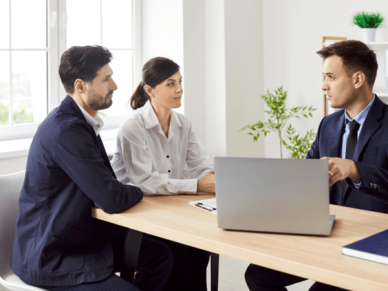
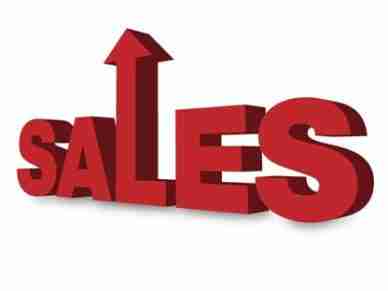
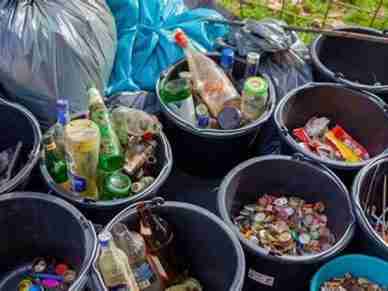

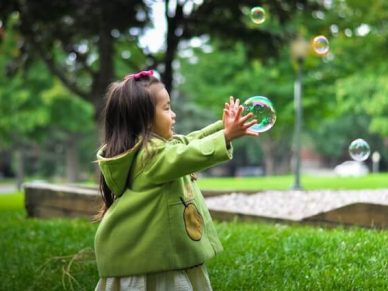
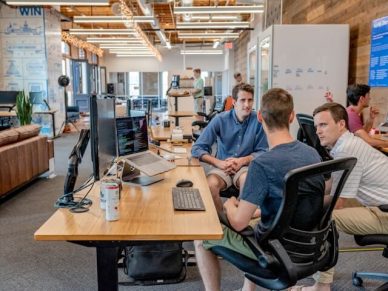

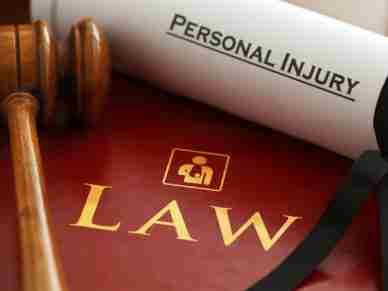

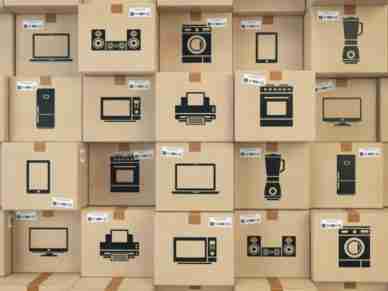






Leave a Reply